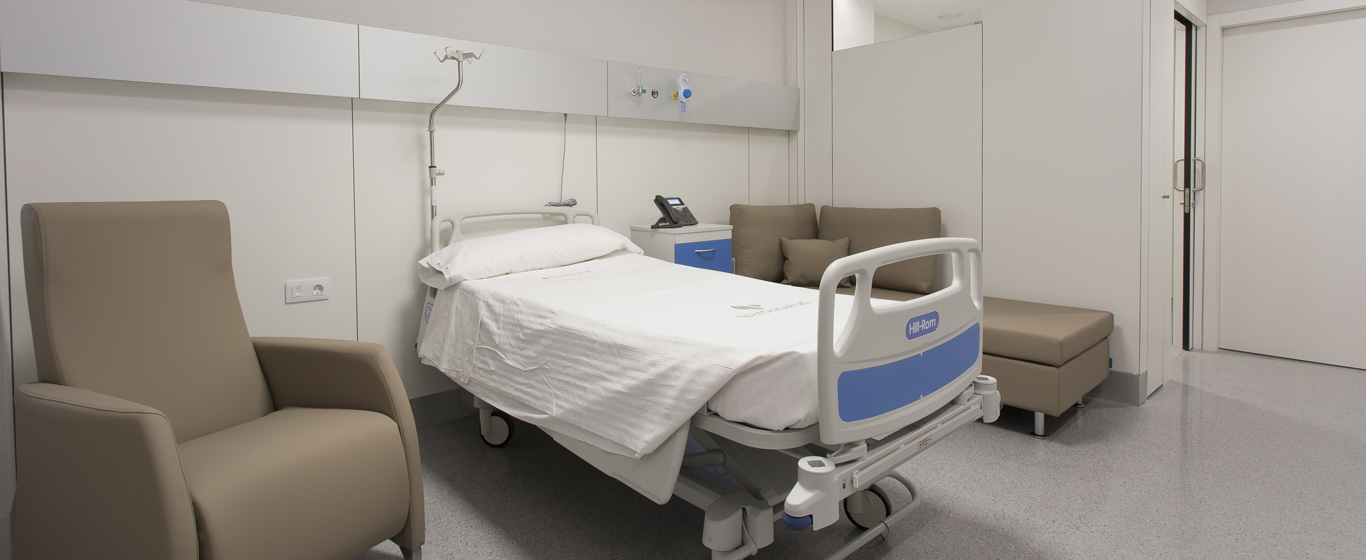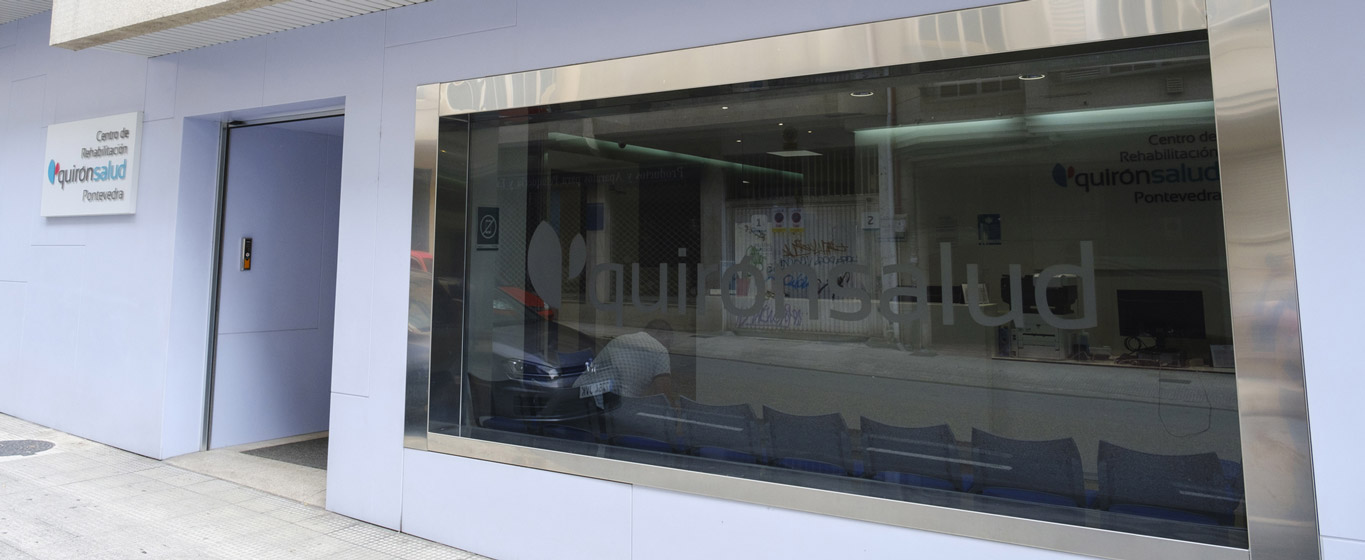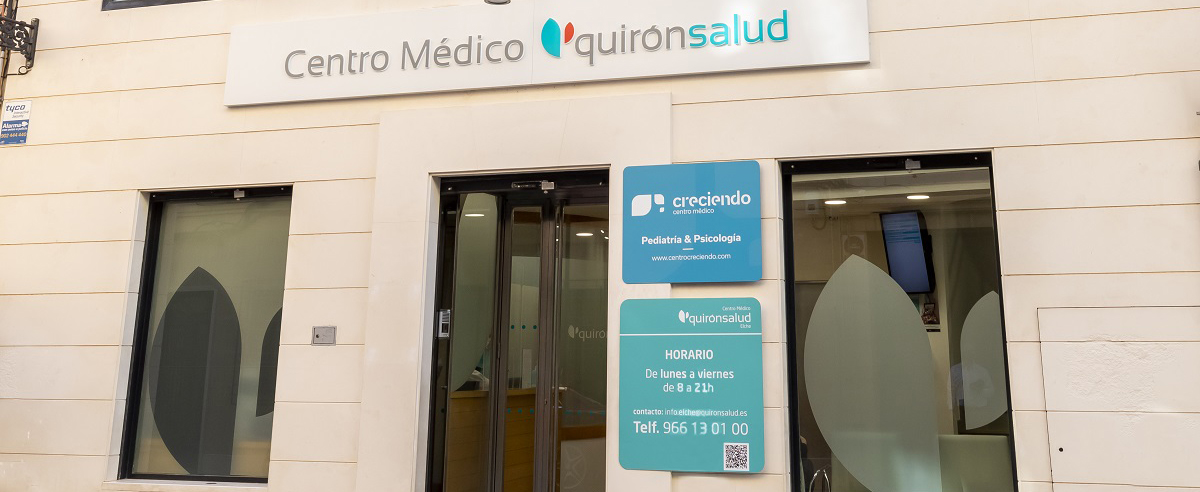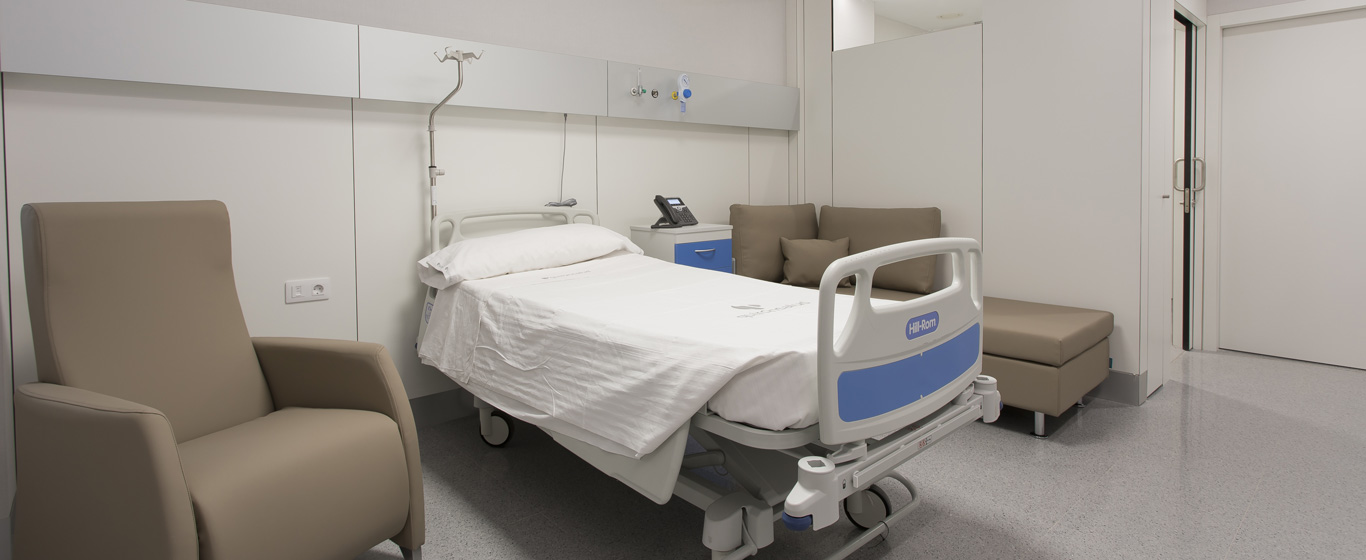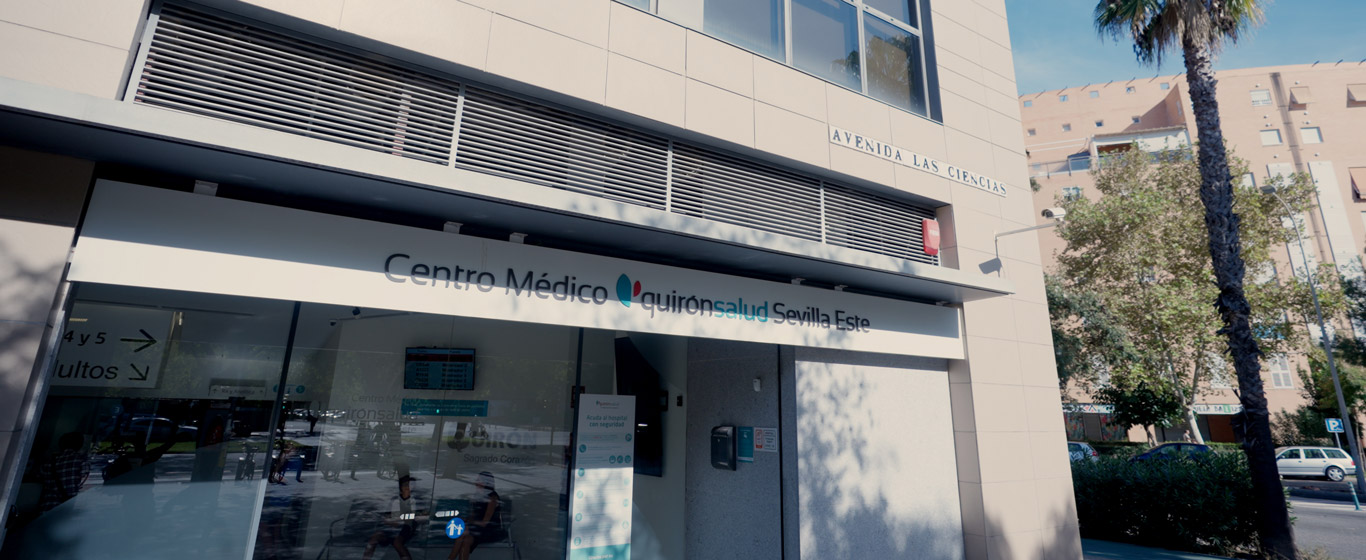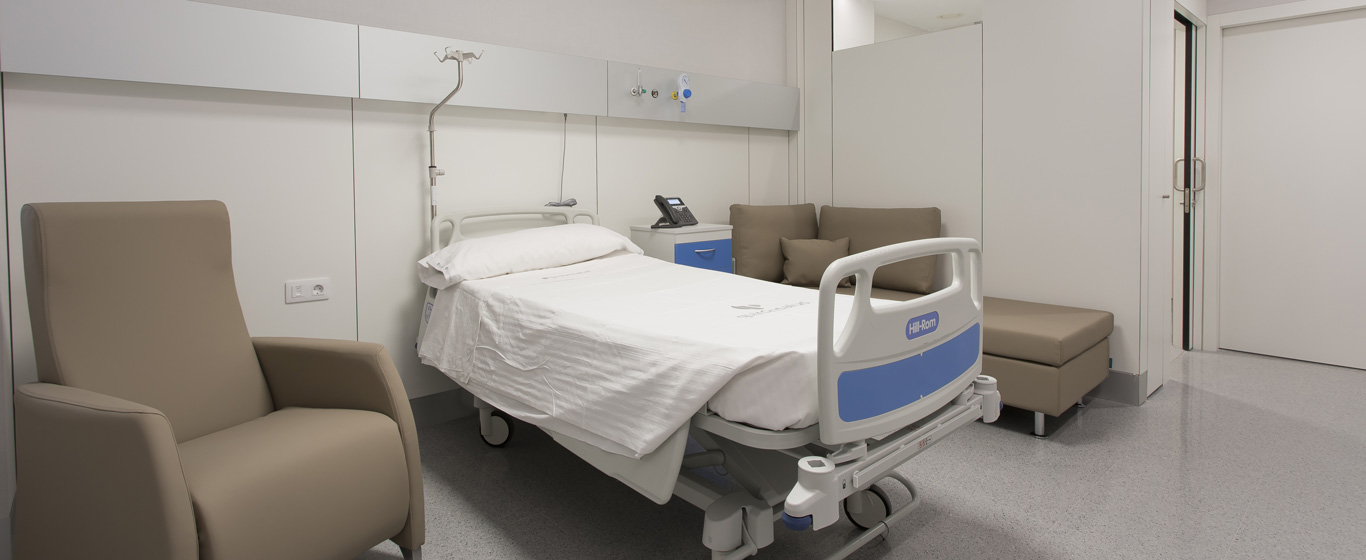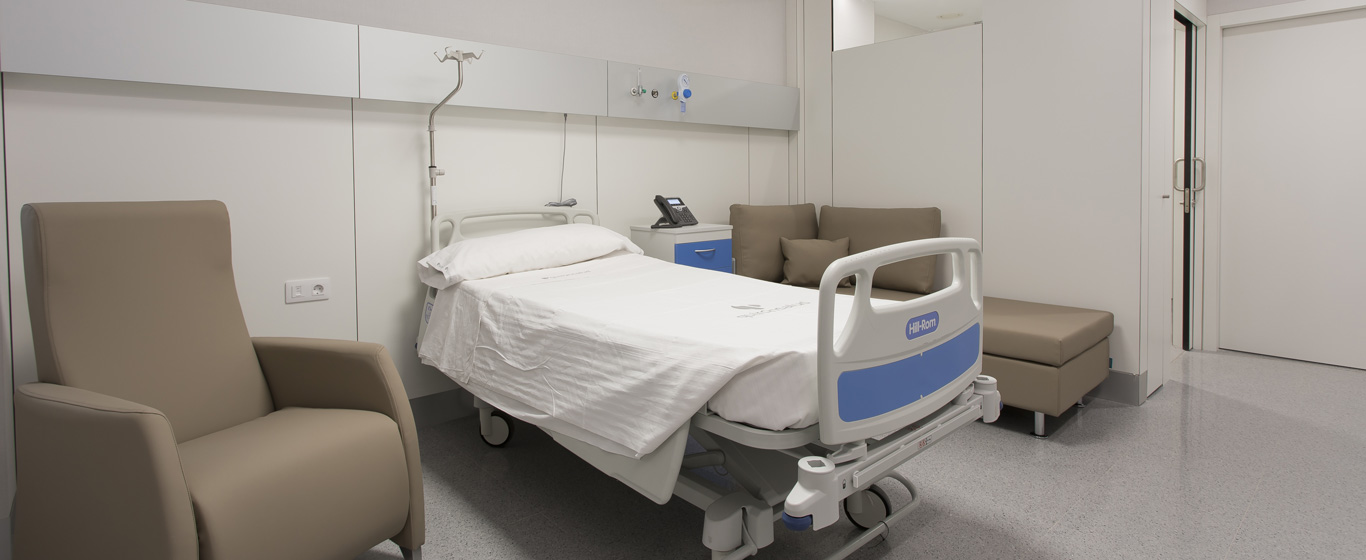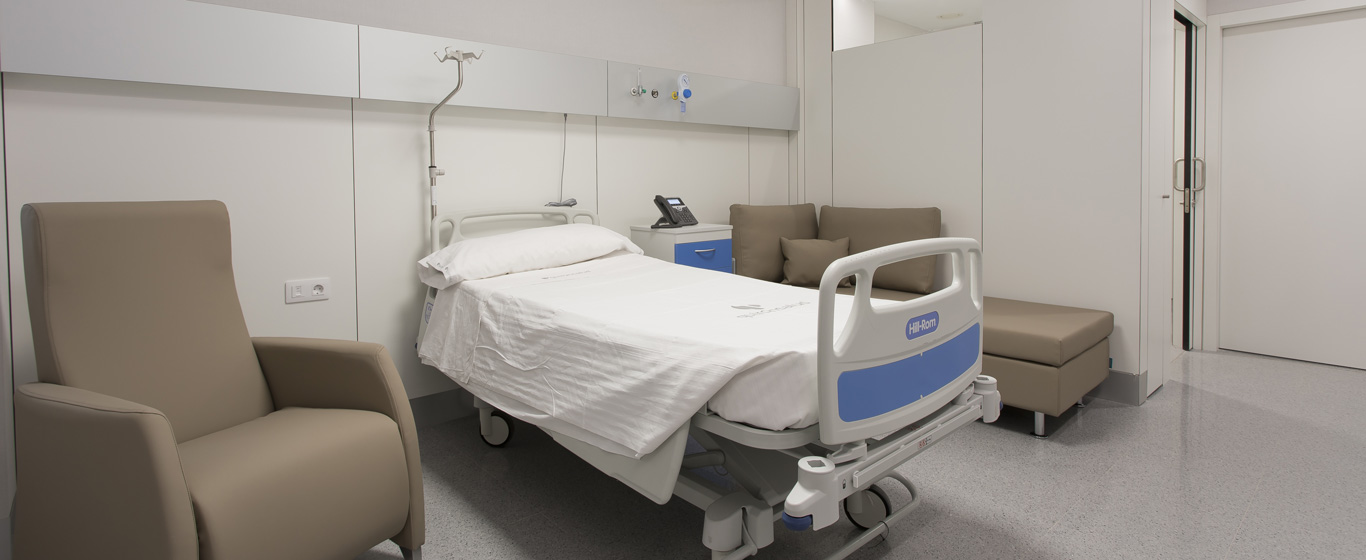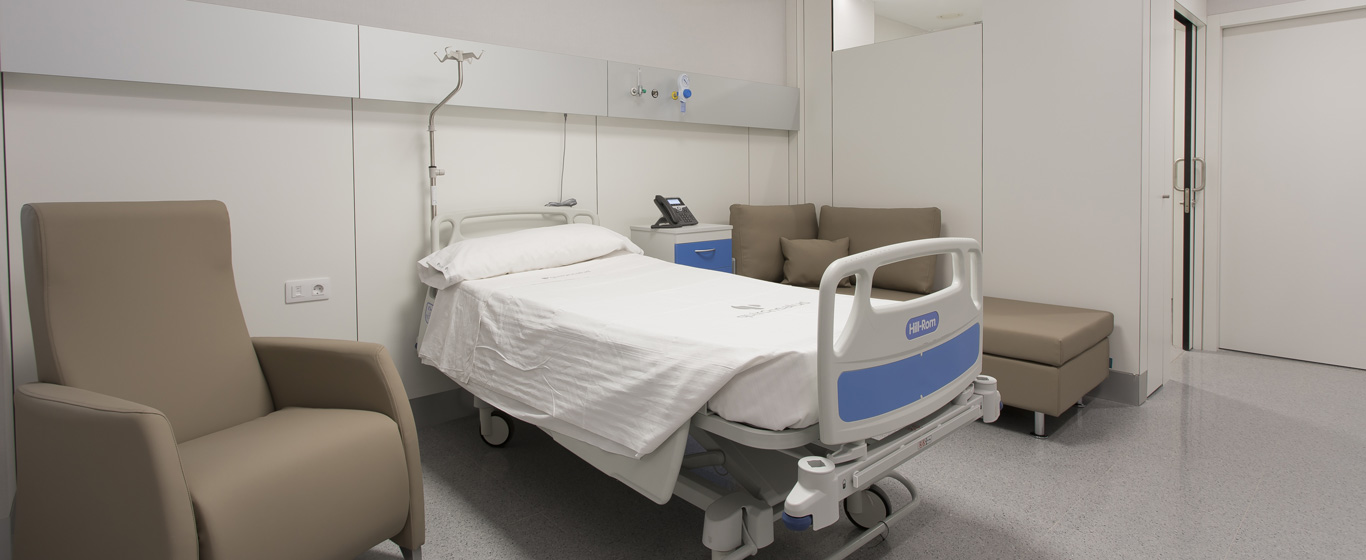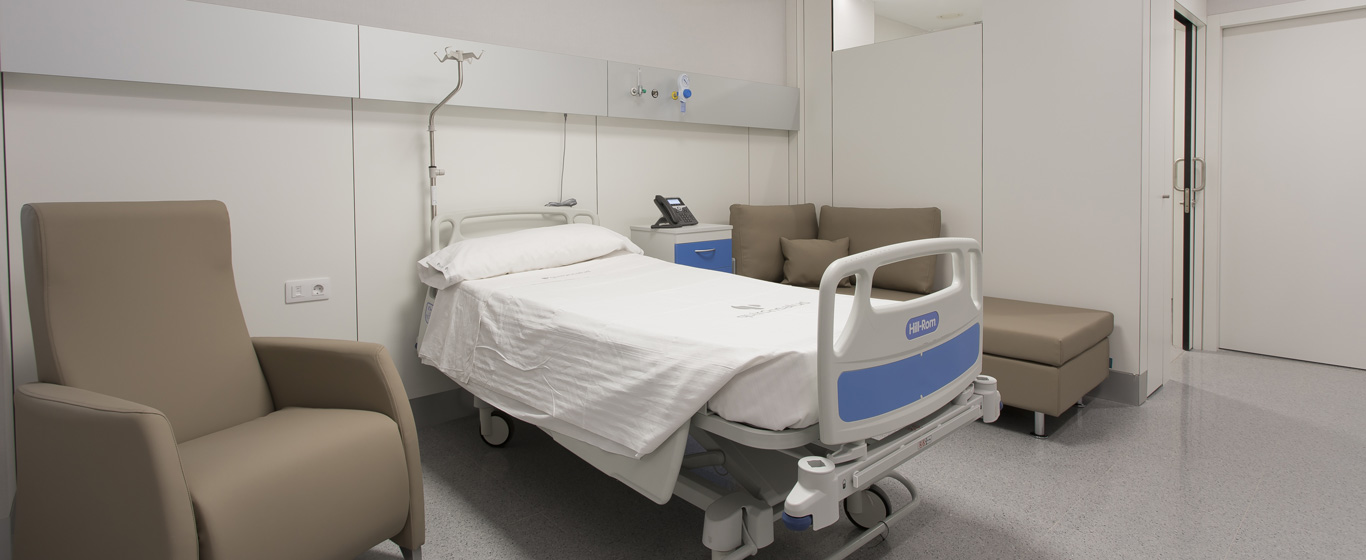Transrectal Ultrasound
A transrectal ultrasound is a test that allows images of the anal canal, rectum, and surrounding tissues to be obtained. To perform this, a small probe is introduced that emits high-frequency sound waves through the anus.

General Description
The transrectal ultrasound, or endorectal ultrasound, is a diagnostic method that provides real-time images of the anal canal, rectum, and adjacent structures such as the bladder, female reproductive system, or prostate. As it is an intracorporeal procedure, the quality of the images obtained is very high.
It works by applying high-frequency sound waves (ultrasound). The procedure uses an ultrasound machine, which incorporates a manual head or probe called a transducer, that emits ultrasound waves that are reflected off the body tissues and create echoes. The transducer receives these echoes and sends them to a computer, which converts them into images that are displayed on the ultrasound monitor.
When is it indicated?
The main applications of the transrectal ultrasound are as follows:
- Detecting any abnormalities in the rectum and anal canal, such as fistulas, sphincter tears, abscesses, cysts, or tumors.
- Studying the prostate gland.
- Evaluating the pelvic floor and the female reproductive system (ovaries, uterus, cervix, and fallopian tubes).
- Guiding a needle during a biopsy or puncture of these structures.
Therefore, transrectal ultrasound is typically indicated in these cases:
- If you suffer from fecal incontinence.
- In men, if there are urinary problems, abnormalities detected during a routine rectal examination, or elevated PSA (prostate-specific antigen) levels in the blood. It may also be recommended for fertility issues.
- In women, when a transvaginal ultrasound cannot be performed to examine the pelvic area and reproductive organs.
How is it performed?
The procedure is carried out with the patient lying on their side on an examination table, with their legs bent toward the chest. Before starting, a water-soluble gel is applied to the area, which not only acts as a lubricant for the introduction of the transducer but also facilitates the transmission of ultrasound waves and eliminates air pockets that could interfere with the image quality. The transducer is then covered with a latex protective sheath. Once inside the rectum, the doctor gently moves it across the area to capture images from different angles of the corresponding structures and tissues. These images are shown in real-time on the computer screen.
Risks
The ultrasound waves used in this procedure are completely harmless and do not produce side effects. However, it is not uncommon to experience rectal bleeding if there are anal lesions, such as fissures or hemorrhoids, although this is usually not significant. There is also a slight risk of infection, particularly if the ultrasound is performed along with a biopsy.
What to expect from a transrectal ultrasound
Before the test begins, the patient must remove all clothing from the lower body, wear the provided gown, and position themselves on the examination table in the correct posture. During the examination, the patient should try to remain still to ensure the best quality images.
Although the procedure is harmless, some discomfort or even pain may be felt when the transducer is introduced through the rectum, especially if there are lesions like hemorrhoids or fissures. In that case, an anesthetic gel or local sedation may be applied.
The duration of the test depends on the organs or tissues being examined and the reasons for the procedure, but it generally does not exceed 20 minutes. As it is an outpatient procedure that does not require special post-care, the patient can resume normal activities immediately afterward.
The specialists will view the results immediately, but a report will be prepared and provided to the patient during a follow-up consultation a few days later.
Specialties requesting transrectal ultrasound
Transrectal ultrasound is primarily requested in the fields of urology, gynecology and obstetrics, oncology, and assisted reproduction.
How to prepare
For a transrectal ultrasound, it is necessary for the rectum to be free of fecal matter, so an enema is typically recommended a few hours before the procedure.
If the prostate is to be examined, it is necessary to arrive with a full bladder. Also, if the ultrasound includes a biopsy or other invasive procedure, the patient may need to sign a consent form.







